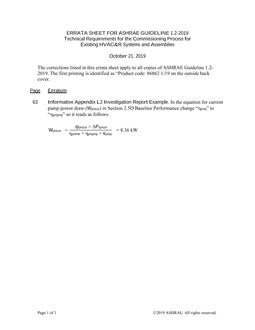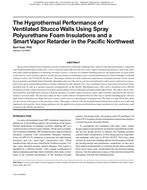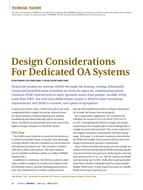Air-cooled heat rejection systems (air-cooled condensers, chillers and dry coolers) rely on dry bulb temperatures which are generally between 5°C (41°F)and 15°C (59°F) higher than the wet bulb temperatures. Traditionally, large heat rejection systems use cooling towers or evaporative coolers in order toreduce the heat rejection equipment size as well as the overall energy consumption due to lower condensing temperatures. However, the water basedcorrosion, maintenance and health risks such as Legionella disease moved the industry towards less efficient dry heat rejection systems.During peak high ambient periods, by simply intermittently spraying water over a wired mesh area in front of the heat rejection surface against thedirection of the air stream, the wet bulb temperature can be reduced. Therefore, the adiabatic cooling process can be introduced using simple city mainswater sprayed into an air stream which rapidly evaporates and the hidden energy of water provides a cooler down stream air temperature as much as10-25°C (20-30°F) lower than the incoming air. A lower air on temperature results in lower condensing temperature and therefore saves as much as30% peak power consumption by simply using water directly from the mains tap.
The majority of the time the water pressure remains within the sealed main water pipe and is based on a Total Waste principle. Hence, the health riskinvolved with a standing water reservoir as well as expensive chemical treatment requirements can be completely eliminated.Test sites of this new concept indicated between 20~35% peak electricity reduction for Air Cooled Chillers and Condensers. This concept can beconsidered as a simple DIY kit for both New and Retrofit applications. Hence, the potential for the energy saving and Carbon Emission reduction forthe industry as a whole is significant and this can be achieved by simply using existing mains tap water infrastructure.
Citation: Second International Conference on Energy and Indoor Environment for Hot Climates, Doha, Qatar, February 2017
Product Details
- Published:
- 2017
- Number of Pages:
- 8
- Units of Measure:
- Dual
- File Size:
- 1 file , 3.6 MB
- Product Code(s):
- D-HCC17-26


